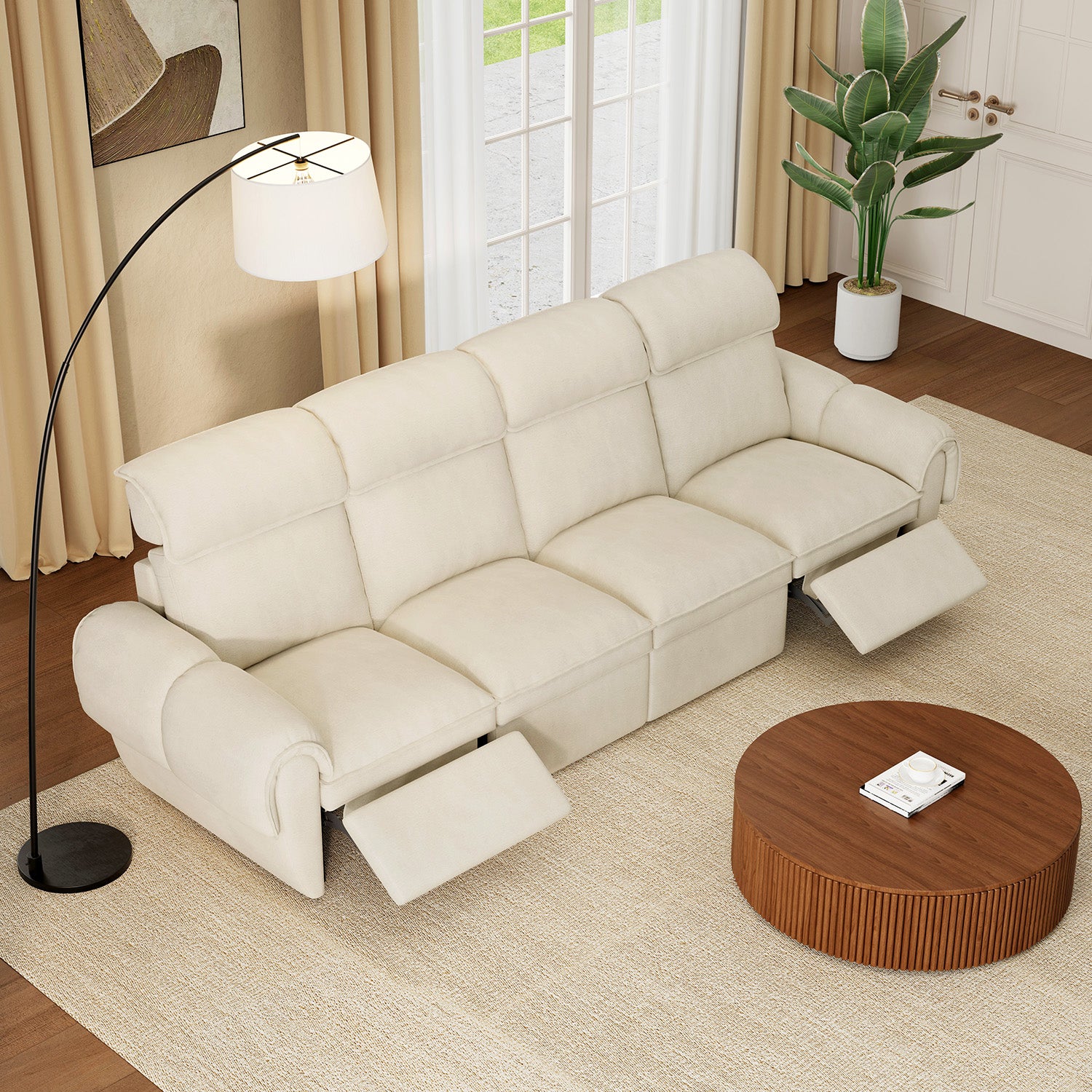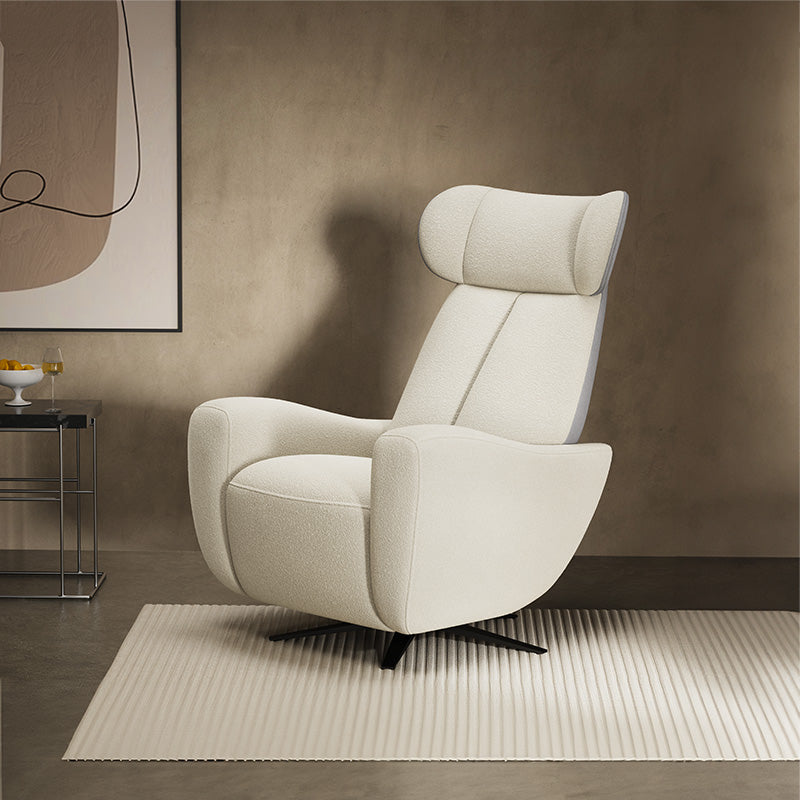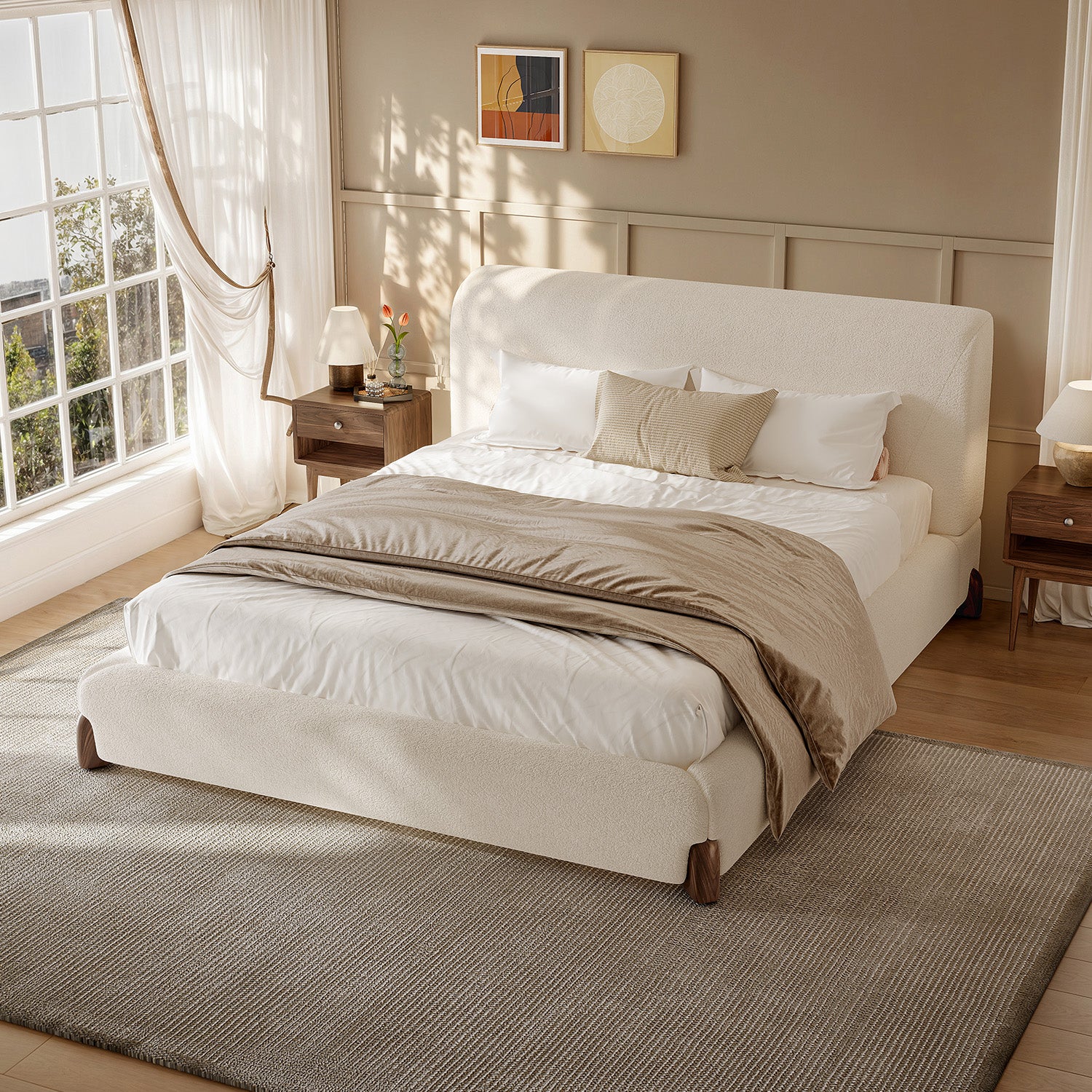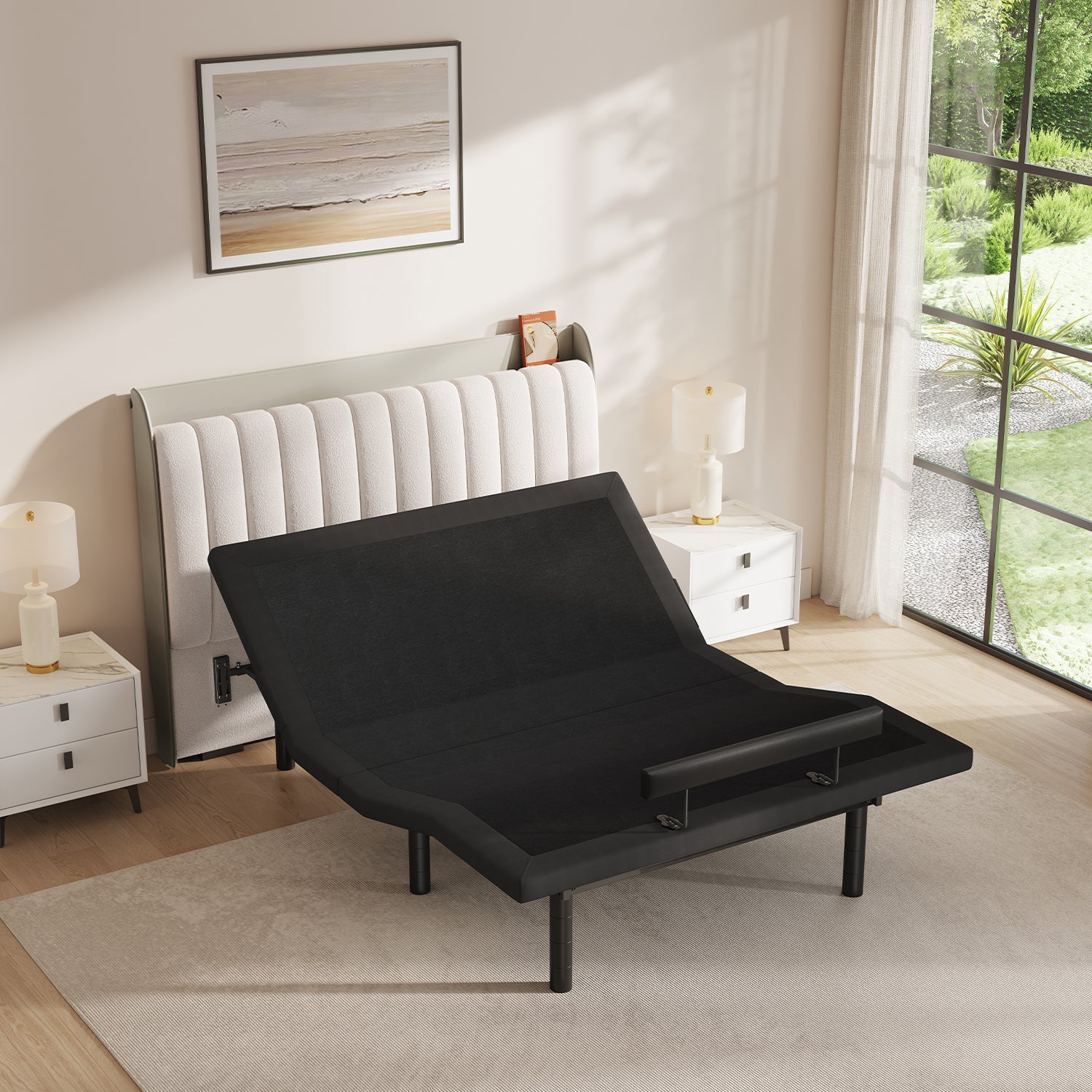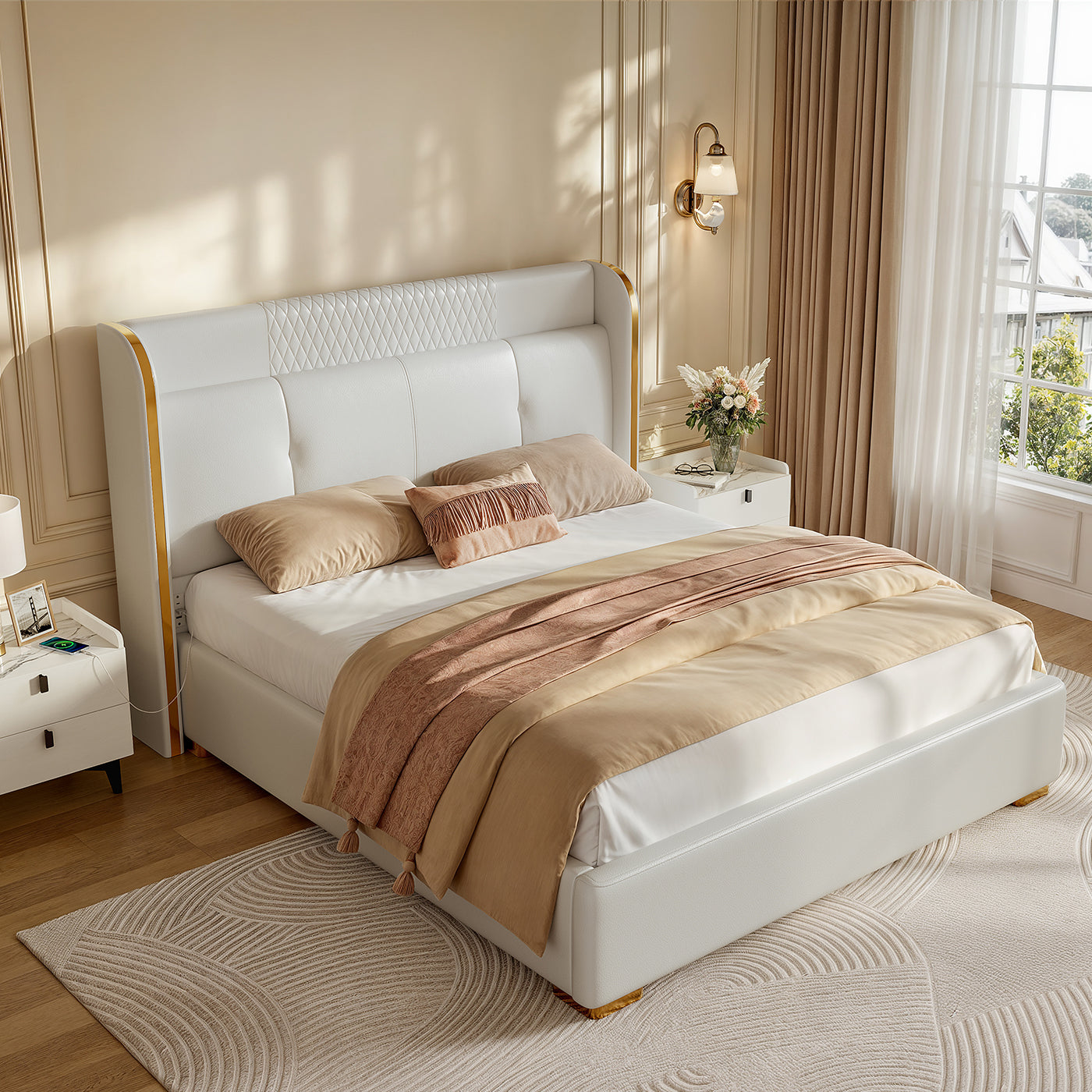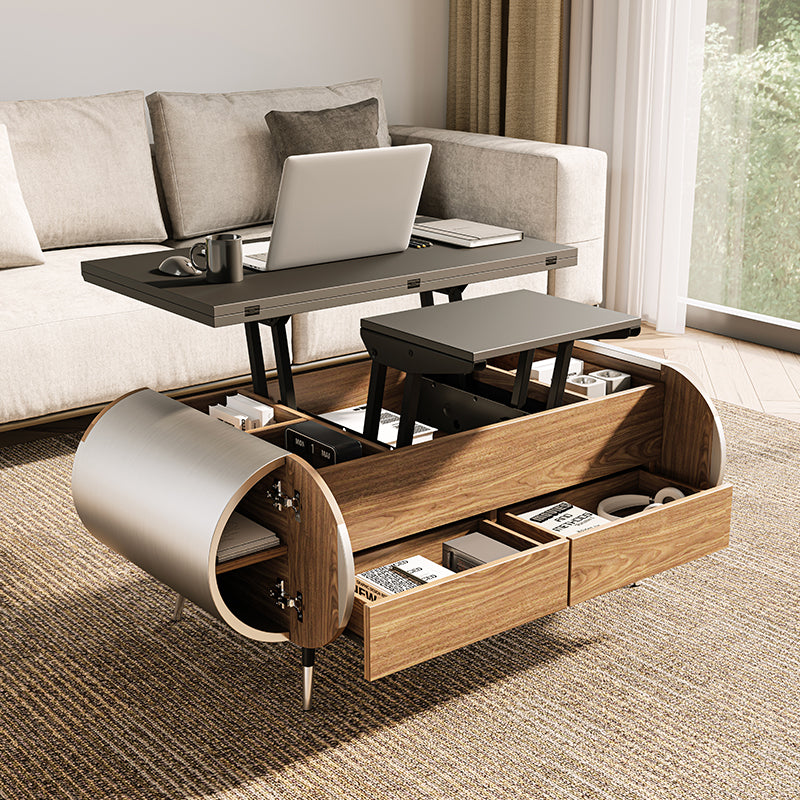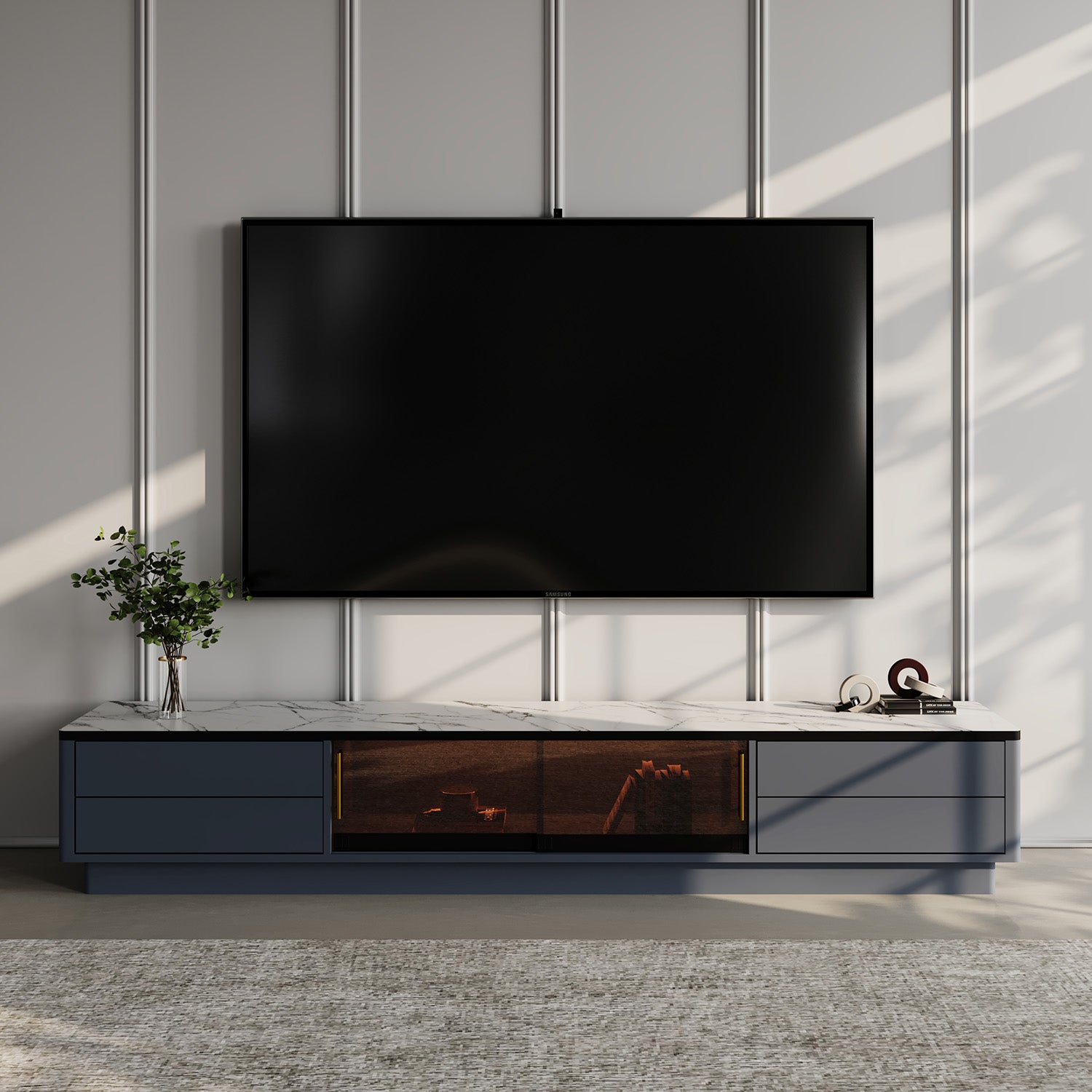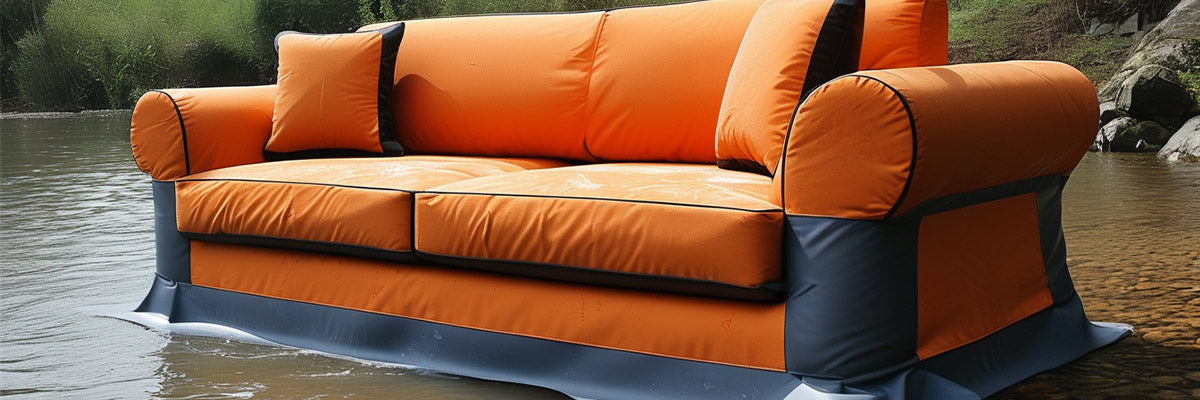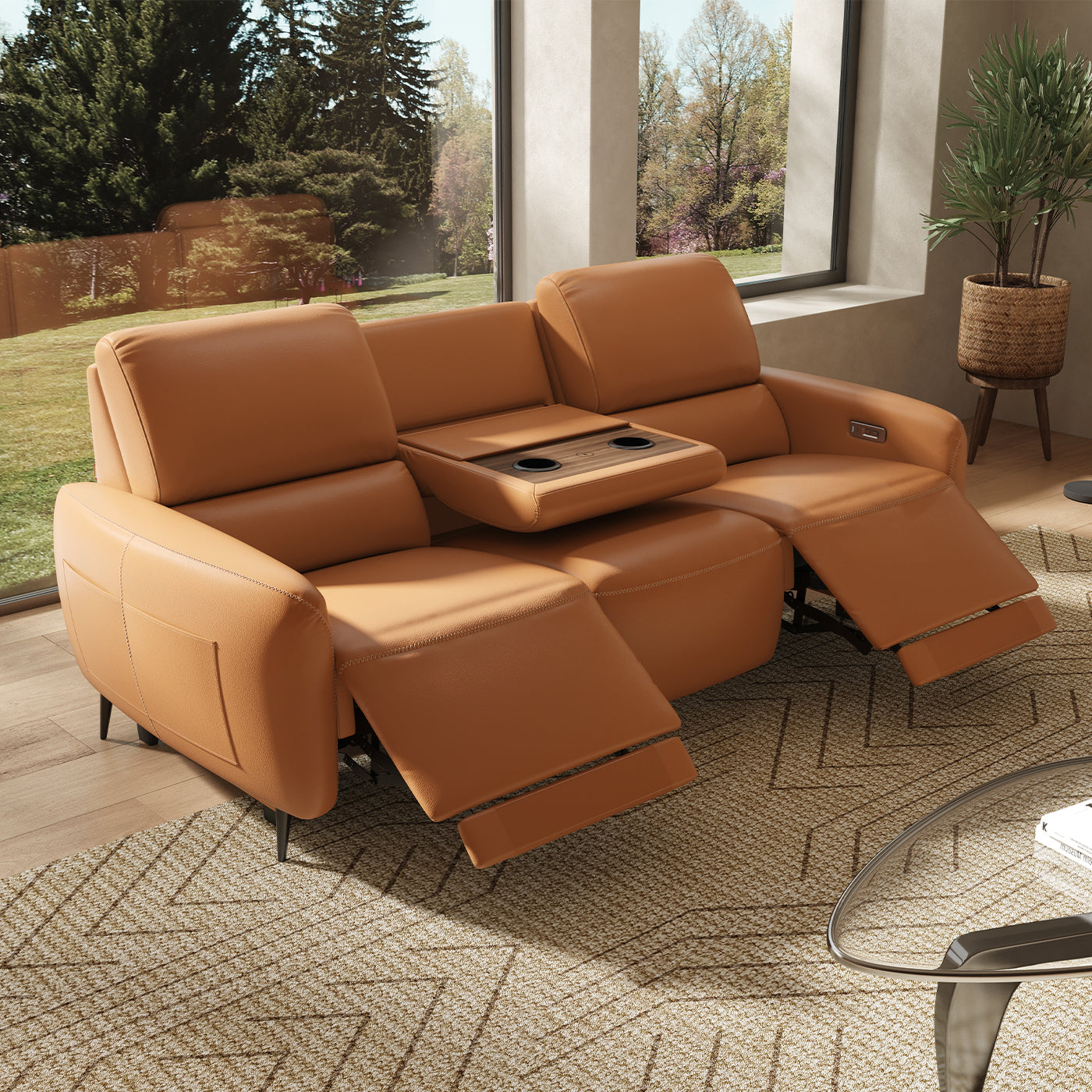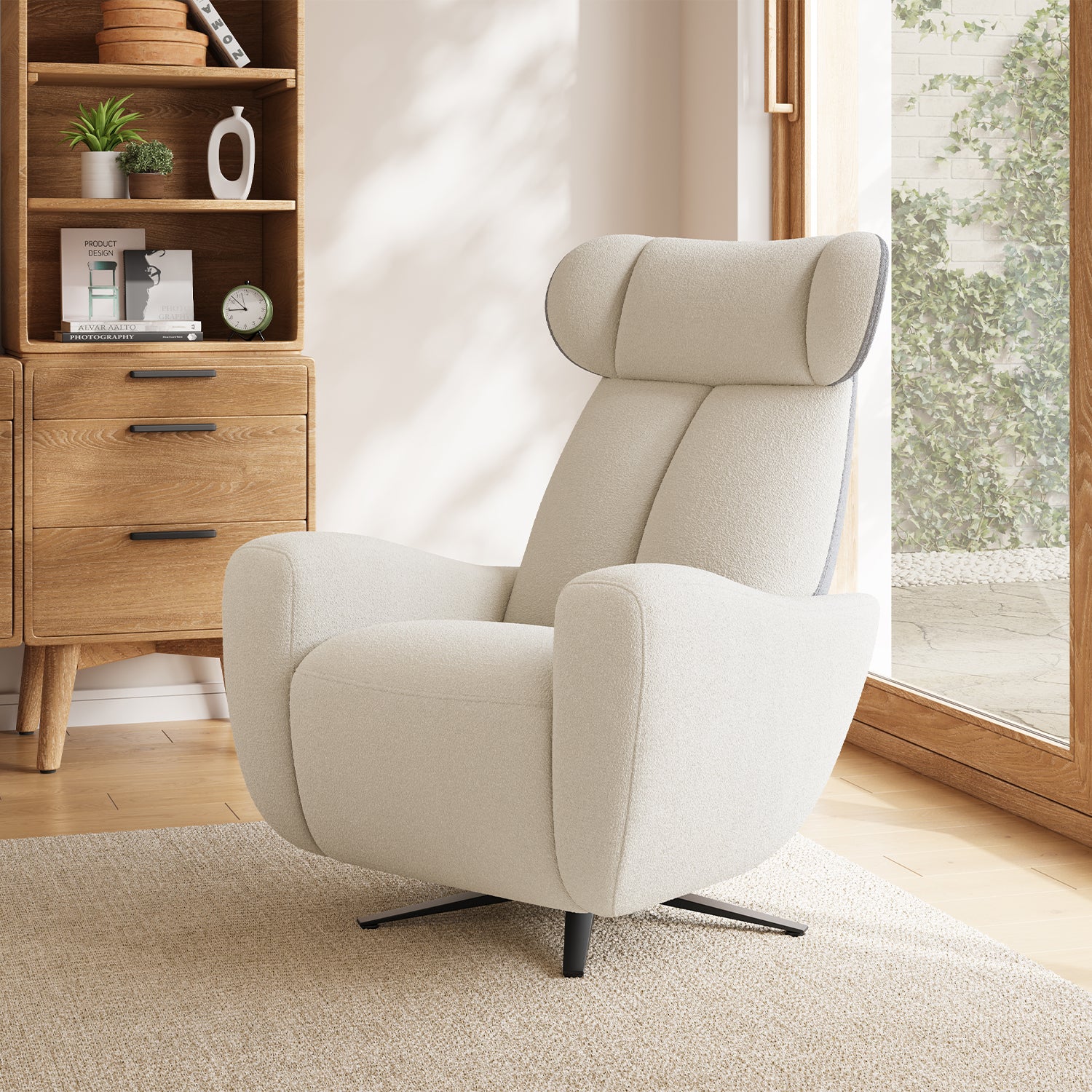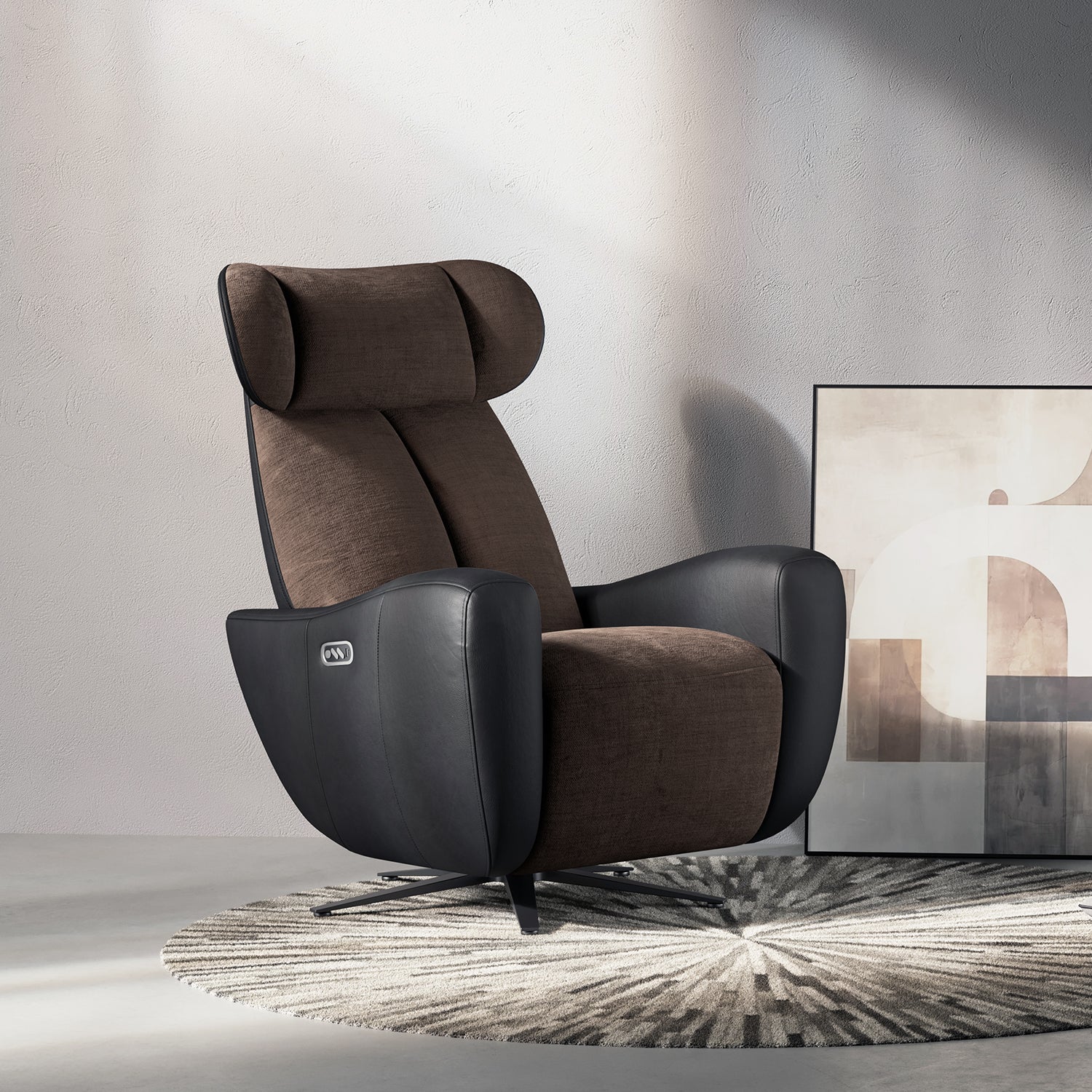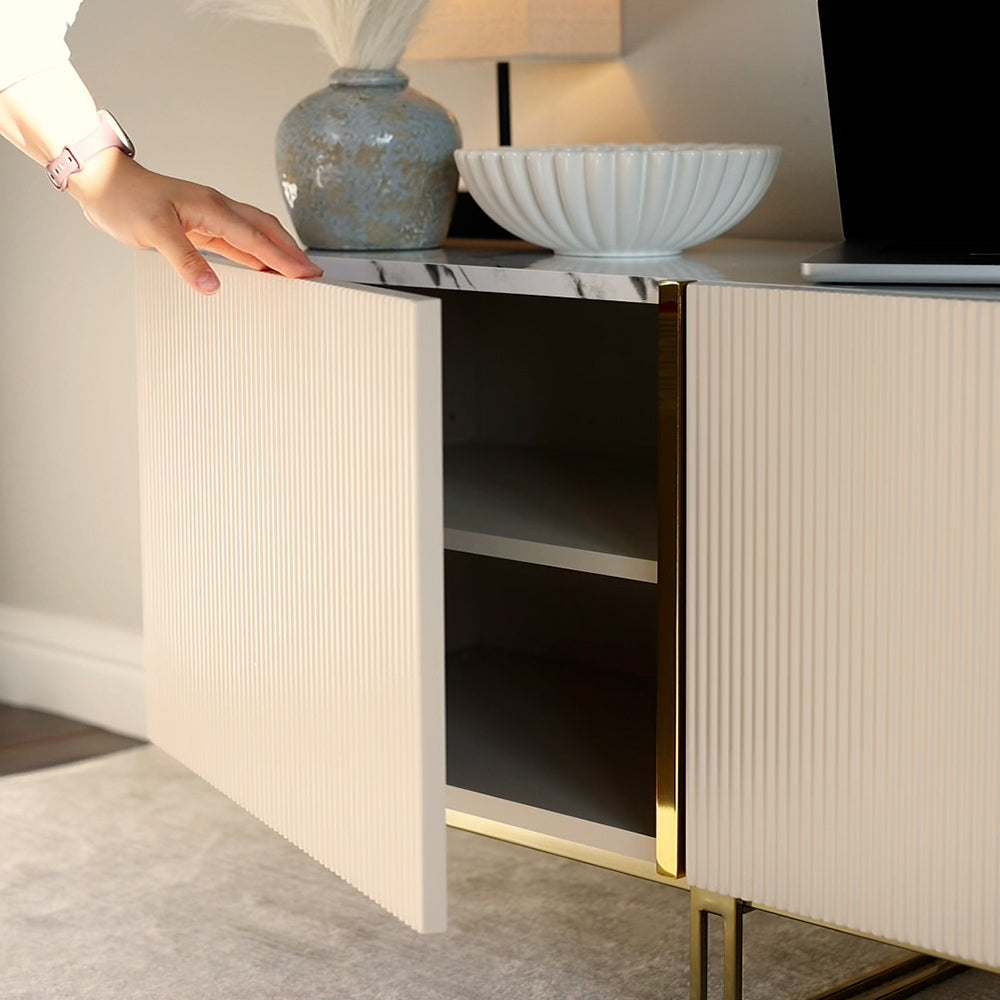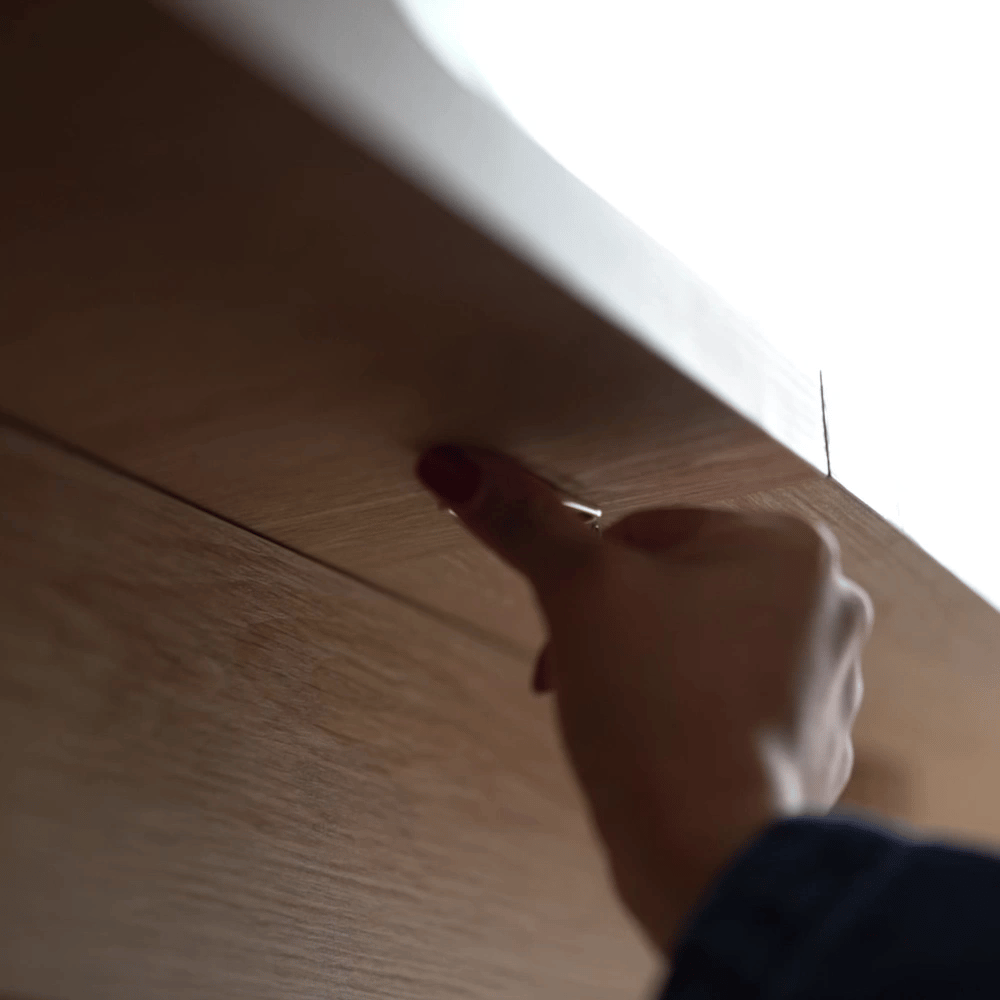If you're looking to bring your couch outdoors for extra seating or to enhance your patio or garden, waterproofing it is essential to protect it from weather damage. Moisture, rain, and even dew can deteriorate fabric, cushioning, and frames if they’re not waterproof. Fortunately, with the right materials and methods, you can waterproof your indoor couch for outdoor use or extend the life of an outdoor couch. Here’s a step-by-step guide to transforming your couch into a durable, waterproof seating option for the outdoors.

Table of Content
1. Choose the Right Fabric Protector
Waterproofing fabric is your first and most important step, and there are several fabric-protectant sprays on the market specifically designed for outdoor furniture. Look for sprays that are labeled "waterproof" and "UV-resistant," as they provide dual protection against both water and sunlight, which can cause fabrics to fade and weaken over time.
Some of the top waterproofing sprays include:
- Scotchgard Heavy Duty Water Shield – Known for protecting outdoor fabrics, it repels water while allowing the fabric to breathe.
- 303 Fabric Guard – This product is popular for outdoor upholstery, providing protection against water and staining.
- Nikwax TX.Direct Spray-On – A water-based option that’s eco-friendly and safe for a variety of materials.
When selecting a spray, ensure it’s compatible with your couch fabric, especially if you are waterproofing an indoor couch for outdoor use. Always test a small, inconspicuous area before applying it fully to ensure it doesn’t discolor the fabric.
{{'___AD_PLACEHOLDER___'}}
2. Prepare the Couch for Waterproofing
Before applying any waterproofing solution, it’s essential to clean the couch thoroughly to remove any dirt, dust, or grime. Trapped dirt can create patches or stains when covered by a waterproof layer, and waterproofing an unclean surface can also reduce the spray’s effectiveness.
- Step 1: Use a handheld vacuum or brush to remove dirt and debris from the couch. Pay extra attention to crevices, seams, and corners.
- Step 2: Spot-clean any visible stains with a gentle fabric cleaner. Avoid soaking the fabric, as moisture can lead to mold or mildew later.
- Step 3: Allow the couch to dry completely. If possible, leave it in a sunny area for a few hours to ensure it’s thoroughly dry, as waterproofing sprays work best on dry surfaces.
3. Apply the Waterproof Spray

Once the couch is clean and dry, you’re ready to apply the waterproofing spray. Follow these guidelines to ensure effective and even coverage:
- Step 1: Shake the spray can or bottle well before use. Spraying should be done in a well-ventilated area, preferably outdoors.
- Step 2: Hold the spray can 6–12 inches away from the fabric and spray in an even, sweeping motion. Begin with a light layer, making sure all areas are covered without soaking the fabric.
- Step 3: Allow the first layer to dry for about 2–4 hours. Some sprays require a second coat for maximum effectiveness, so refer to the product’s instructions.
- Step 4: Apply a second layer, if necessary, following the same technique. Let it dry completely before testing its water resistance.
After the spray has dried, test the waterproofing by lightly sprinkling water over the couch. If the water beads up and rolls off, the fabric is adequately waterproofed. If not, you may need to apply an additional layer.
4. Waterproof the Cushion Inserts
In addition to waterproofing the fabric, it’s a good idea to protect the cushion inserts to prevent them from absorbing moisture. Even if the fabric repels water, any moisture that seeps through can cause mold and mildew on the cushions.
Here are a few methods:
- Use Waterproof Covers: Wrap the cushion inserts in waterproof cushion covers or plastic covers before putting them back in the fabric covers. This creates a double layer of protection.
- Garbage Bag Hack: If you’re in a pinch, wrap the cushion inserts in heavy-duty garbage bags and seal them with waterproof tape. This method isn’t as breathable but works effectively to keep moisture out.
- Outdoor-Grade Cushions: Consider investing in outdoor cushions that are specifically designed to resist water and mildew if your couch will be outdoors long-term.
5. Add Extra Protection with Slipcovers
Slipcovers offer an additional layer of protection and can be easily removed and washed when needed. If your couch will stay outdoors, invest in a waterproof or water-resistant slipcover made from materials like polyester or polypropylene, which are commonly used for outdoor furniture. Many slipcovers are also UV-resistant, helping to prevent fading from sun exposure.
- Tip: Look for slipcovers with elastic edges or ties for a snug fit, preventing them from shifting or blowing away in windy conditions.
- Maintenance: Wash the slipcovers regularly and reapply waterproofing spray as needed to maintain effectiveness.
6. Protect Couch Legs and Frames
Waterproofing the upholstery is crucial, but don’t overlook the legs and frame of your couch. Wooden legs can absorb water and rot, while metal legs may rust. Here’s how to protect them:
- For Wooden Legs: Sand the legs lightly, then apply a waterproof wood sealant or varnish to prevent water from soaking in. Allow the sealant to dry thoroughly before placing the couch outside.
- For Metal Legs: Apply a rust-resistant spray or paint to metal legs to prevent corrosion. For an added layer of protection, add rubber or plastic caps to the bottoms of the legs to keep them elevated and away from direct moisture.
7. Regular Maintenance and Reapplication
Waterproofing isn’t a one-time job; it requires regular maintenance, especially if your couch is fully exposed to outdoor elements. Here’s how to keep your couch well-protected:
- Reapply Waterproof Spray: Every 3–6 months, or as recommended by the product, to ensure the fabric remains water-repellent.
- Clean the Couch Regularly: Dirt, grime, and natural oils from people and pets can break down waterproofing treatments over time, so regular cleaning is essential.
- Use Furniture Covers: When not in use, covering your couch with a waterproof furniture cover can prolong the effects of waterproofing and protect against unexpected rain or harsh sunlight.
8. Consider Placement and Shade
Even the best waterproofing treatment won’t fully protect your couch if it’s exposed to extreme elements. Place your couch in a shaded or covered area if possible, like under a gazebo, porch, or patio cover. Reducing direct exposure to rain and sunlight will extend the life of your couch and keep it looking fresh.
9. Conclusion
Waterproofing your couch for outdoor use is a practical and straightforward way to protect it from the elements, ensuring that it remains comfortable, durable, and attractive. By choosing the right products and applying the waterproofing treatments carefully, you can transform almost any couch into a weather-resistant piece for your patio or garden. With proper maintenance, you’ll have an outdoor couch that withstands rain and sun alike, giving you more time to relax and enjoy the outdoors.



